The dams in the Algarve only have water available until the end of the year, if it does not rain significantly by then, revealed the Standing Committee for Monitoring the Drought in your most recent report.
According to this working group, «it can be said that, at the end of June 2020, the situation in terms of surface water availability at the water sources of the Multi-municipal Water Supply and Sanitation System of the Algarve (SMAASA), associated with implemented measures and management strategies, only allow to ensure the consumption estimated during the calendar year 2020».
"Taking into account the balance in terms of water availability, given the needs of abstraction in these origins by its main users (public supply, agriculture and tourism), it was also verified that, at the end of June 2020, only the volumes necessary to capture in the current calendar year", the same document reads, dated June 30th.
In other words, the Algarve is facing a worrying situation, which it has not faced for at least a decade, since the Odelouca Dam came into operation, which is now the main and largest surface water reservoir in the Algarve region.
After all, it wasn't just the current calendar year that was marked by little rain. The report points to the "absence of wet years after 2000 and an increase in consecutive hydrological years with precipitation far below the average".
«From the analysis of the volumes stored in the reservoirs, it is possible to verify that, in the last eight hydrological years, the maximum storage capacity of the main surface reserves in the Algarve region has never been reached, namely the Bravura, Odelouca, Funcho, Arade, Beliche reservoirs and Odeleite», he adds.
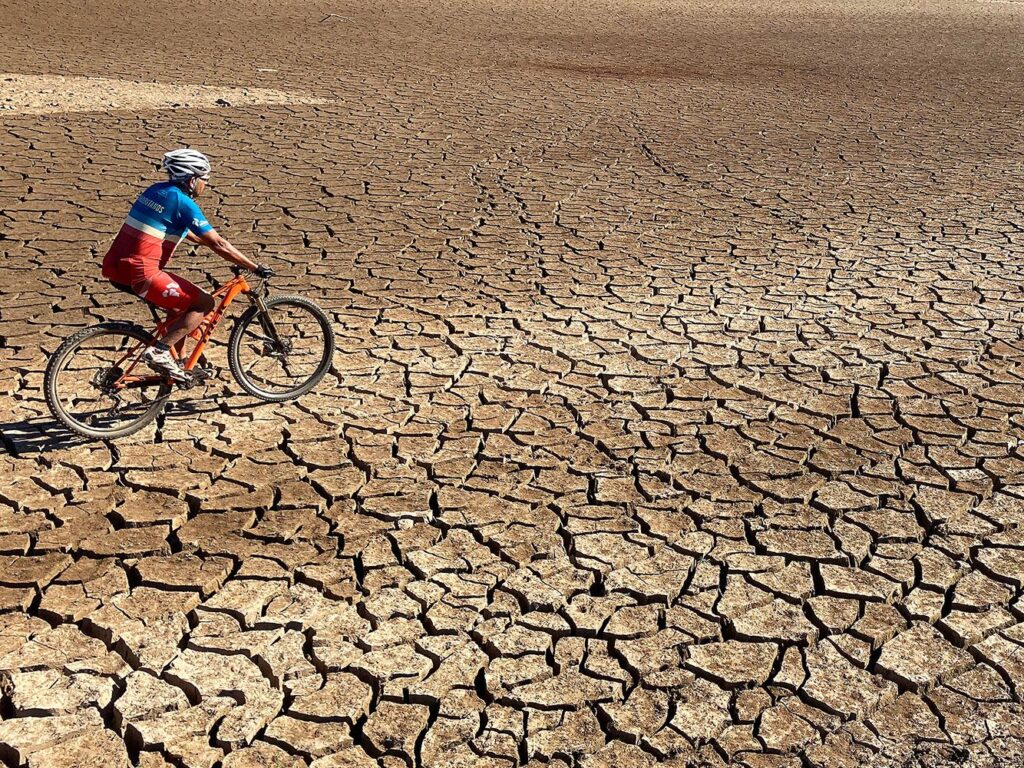
Thus, «in Albufeira da Bravura, the situation is worrying, given that the rainfall episodes recorded in April and May contributed little to the recovery of volumes, which remained very low compared to average values».
At the Beliche and Odeleite dams, in the Eastern Algarve, and at the Arade, in the Barlavento, the situation is no longer encouraging.
According to the most recent bulletin of water availability at national level from the Portuguese Environment Agency, dated August 31, these four dams in the Algarve are in the group of reservoirs that present total volumes below 40%.
At Bravura, the total volume of water stored two days ago was only 18,3%. Beliche is at 26% of its total capacity, Odeleite at 33% and Arade at 34%.
If these are already very low values, it must be taken into account that they refer to the total capacity, and not the useful capacity, the one that can actually be used, which is much smaller.
According to data from Águas do Algarve, on 21 August the useful volume of the Odelouca dam was 42,4% (total 53%), that of the Odeleite Dam was 22,6% (total 35,25%) and that of the Beliche was 19,6 (total 28,2%).
At the end of August, Odelouca was still at around 53% of its total capacity and that of Funcho was at 55%.

Contacted by Sul Informação, the company Águas do Algarve, through its spokesperson Teresa Fernandes, admitted that the water levels in the dams in the Algarve «are far below what would be desirable».
However, she did not want to comment on the assessment made by the Drought Monitoring Committee, sending clarifications to the Portuguese Environment Agency, which is coordinating the implementation of the Algarve's Regional Water Efficiency Plan, the future Bible efficient use of water in the region.
Our newspaper put to the APA, in due time, several specific questions about the lack of water in the Algarve, but it did not receive any concrete answer, apart from the bulletin of water availability, the public document, which was disseminated at national level.
The only feedback received was from the regional delegation, namely its director. From the national directorate of the APA, which will have called on everything related to drought and the lack of water, namely from the communication department, there was no response to the Sul Informação, either to the questions asked about two weeks ago or to those asked four months ago on the same subject.
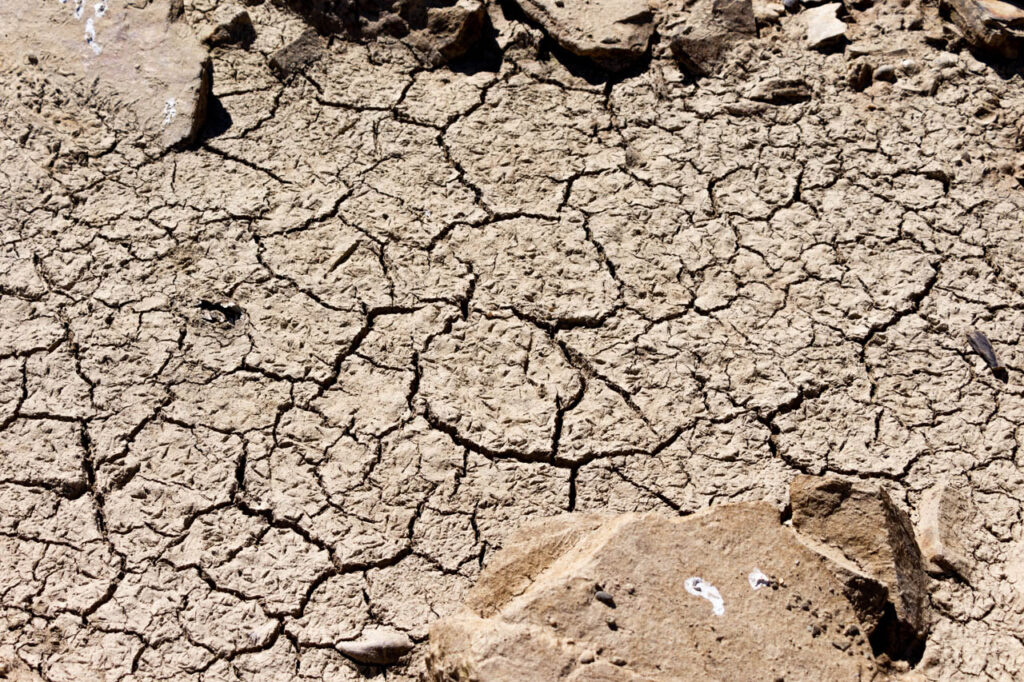
With alarms sounding, the commission, in its report, points out some "extraordinary short-term measures, to be implemented in a scenario of prolonged drought in the hydrological year 2019-2020".
From the outset, the restriction of water abstraction for all purposes other than public water supply, «unequivocally safeguarding the fundamental principle of prioritizing the abstraction of water for public supply compared to other uses».
This will imply the establishment of a minimum water abstraction quota for other purposes (namely agriculture), which "should be defined in such a way that the necessary volumes to be captured in this Multipurpose Hydraulic Project are ensured, to meet the needs of Public Supply (and evaporation losses) during the year 2020'.
The report also points to the need for «operational/quality assessment of strategic public underground abstractions identified within the scope of the SMAASA Contingency Plan, for possible reinforcement, in the short term, of the sources of water for public supply in the Algarve», as well as the carrying out of «medium-term technical studies and solutions, within the scope of the measures of the Regional Water Efficiency Plan of the Algarve».
This will be mere palliatives as it seems to be consensual that the problem is structural and that it needs a medium/long term strategy. The way forward, however, does not deserve the same agreement.
“There is only one way to solve the lack of water: it is by saving water. There is no other way. Structural policy is to be more efficient and save water. Because transforming two empty dams into three empty dams does not solve any problem», he defended last week, in statements to Sul Informação, João Matos Fernandes, the Minister of the Environment.
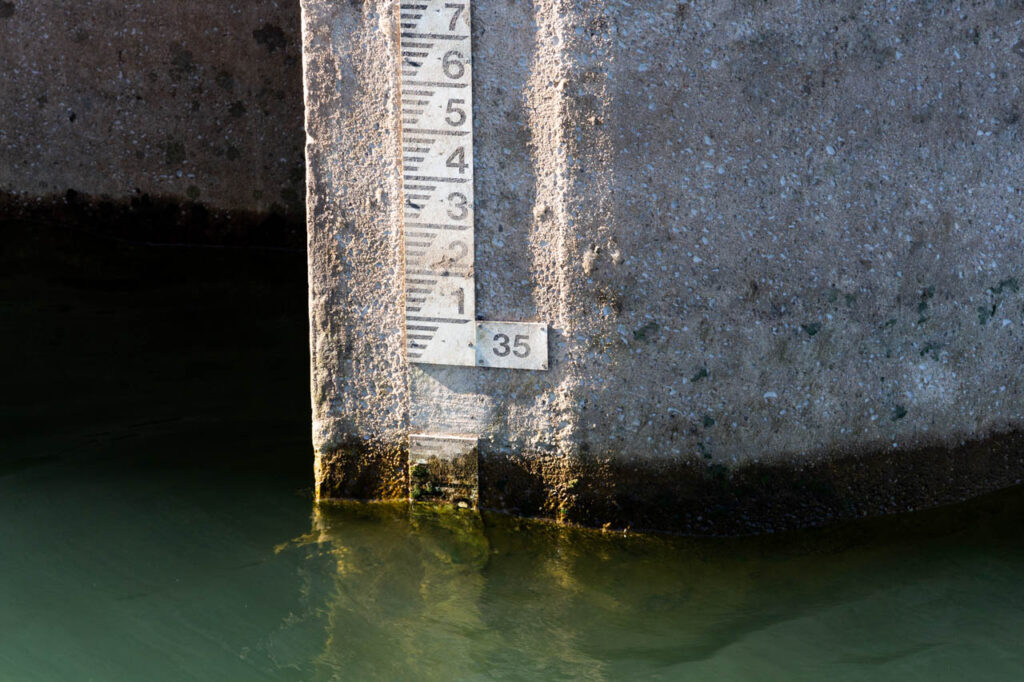
Matos Fernandes' specific reference to the new dams – Foupana and Monchique – whose construction the mayors of the Algarve defend turns out to be a notice to navigation, that the Government is not willing to give in, in this matter.
Even so, "there is a component of new infrastructure here so that we can have greater interannual capacity in terms of water use," admitted the Minister of Environment, in his statements to our newspaper.
Although the member of the Government has not mentioned any specific project, it is already known that one of them – and one that gathers the most consensus – is the creation of a link between Pomarão and Odeleite, allowing the transfer of water from the Guadiana to this reservoir located in the municipality of Castro Marim.
The remaining potential solutions are contained in the Algarve's Regional Water Efficiency Plan, which, according to the minister of the Environment, was built with various entities and will be “discussed during the month of September”, noting that there was “a delay due to Covid-19 ».
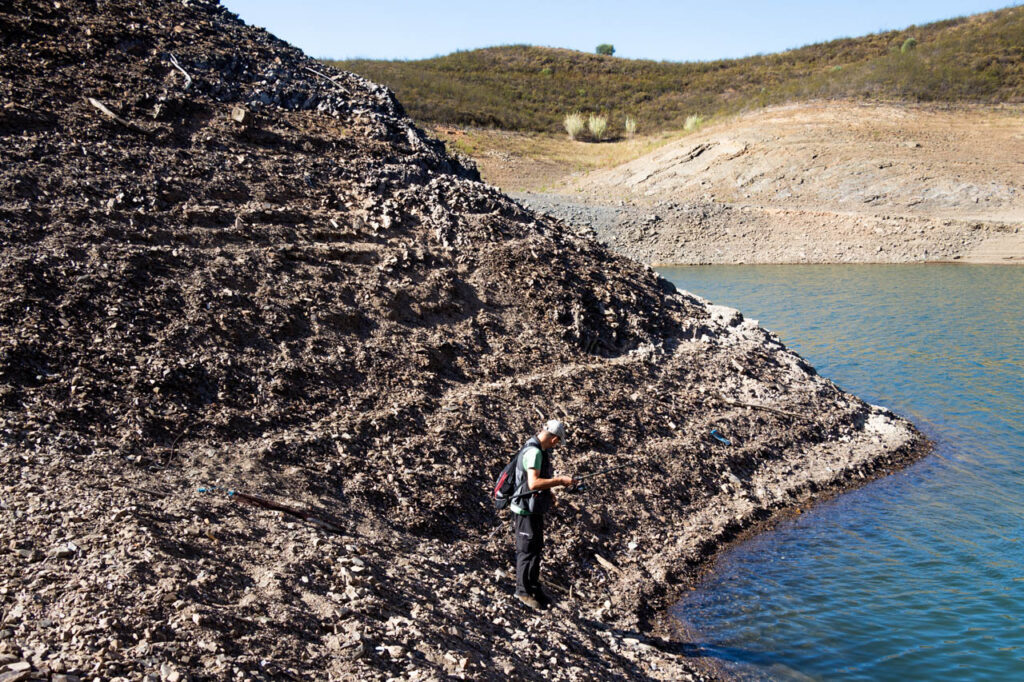
Also to Sul Informação, Pedro Coelho, regional director of APA do Algarve revealed that the plan “will be presented in mid-September”, and preparations are being finalized for the session, organized not only by the Ministry of Environment, but also by the Ministry of Agriculture.
Photos: Flavio Costa|Sul Informação
Help us to do the Sul Informação!
Contribute your donation so that we can continue to make your journal!
Click here to support us (Paypal)
Or use our IBAN PT50 0018 0003 38929600020 44
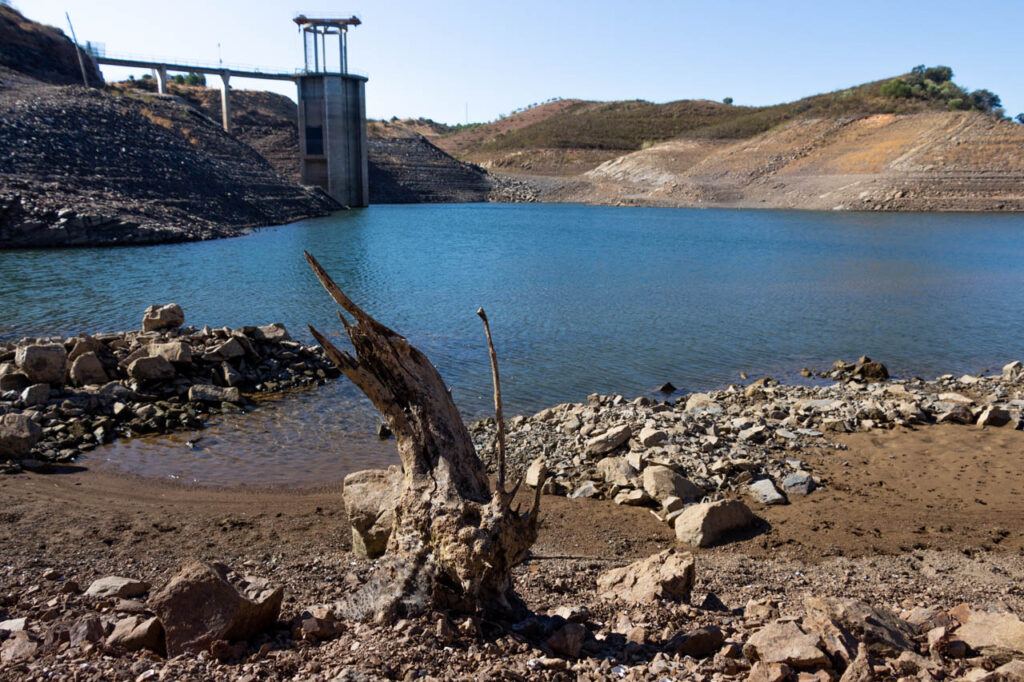
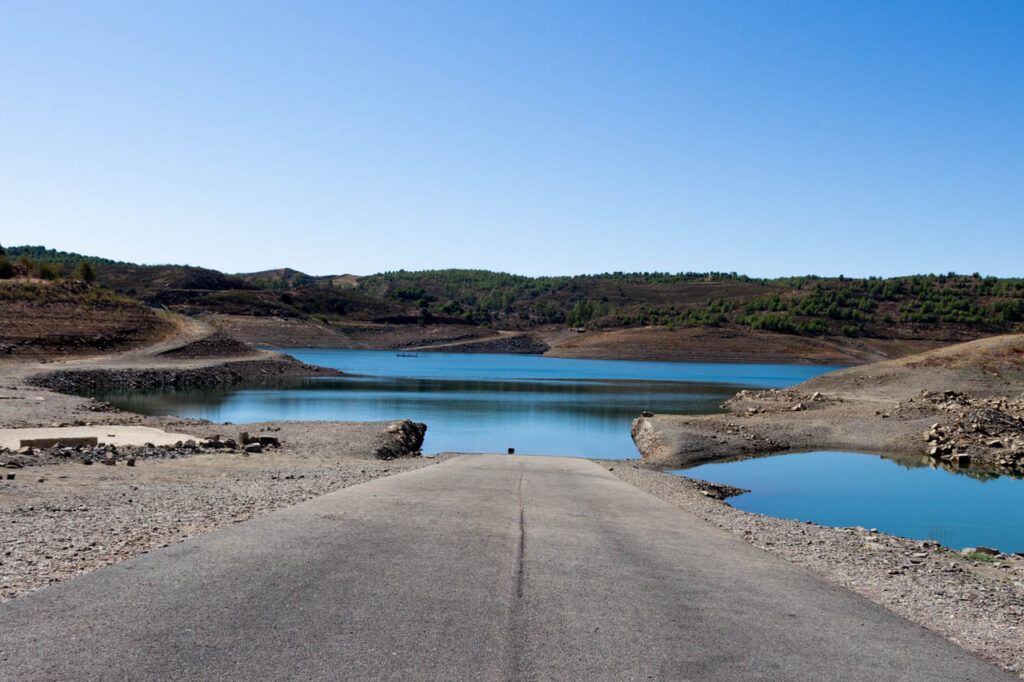
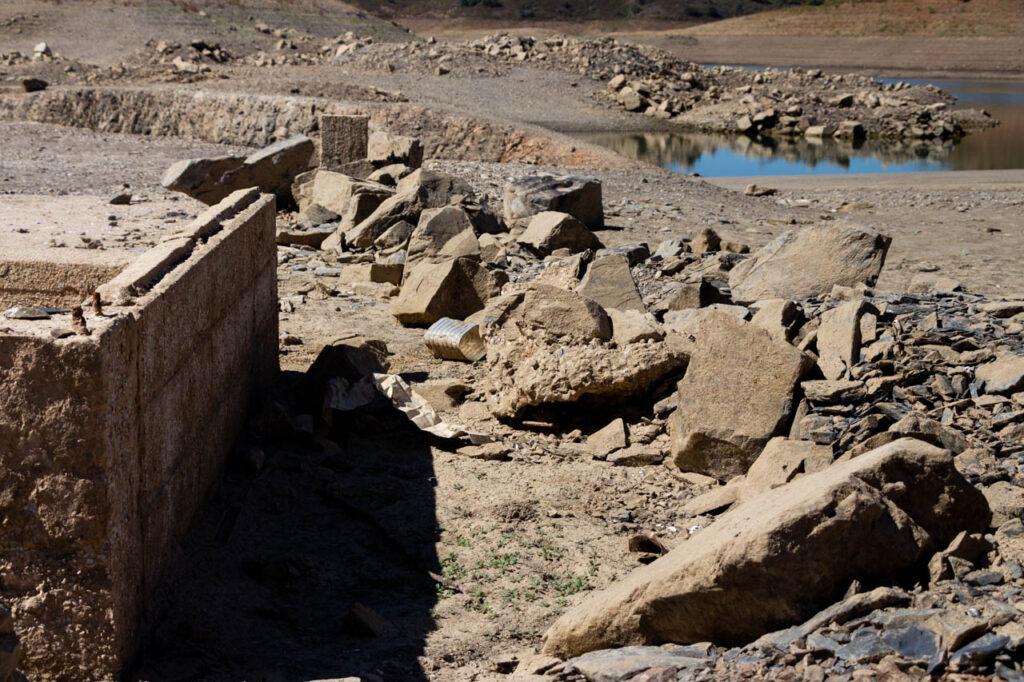
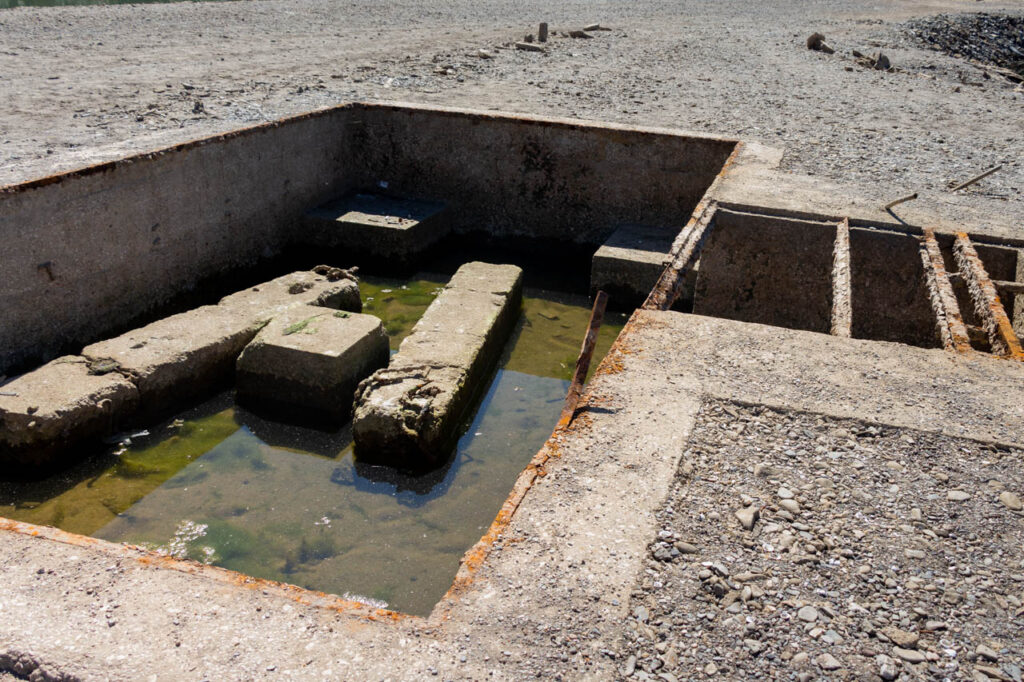
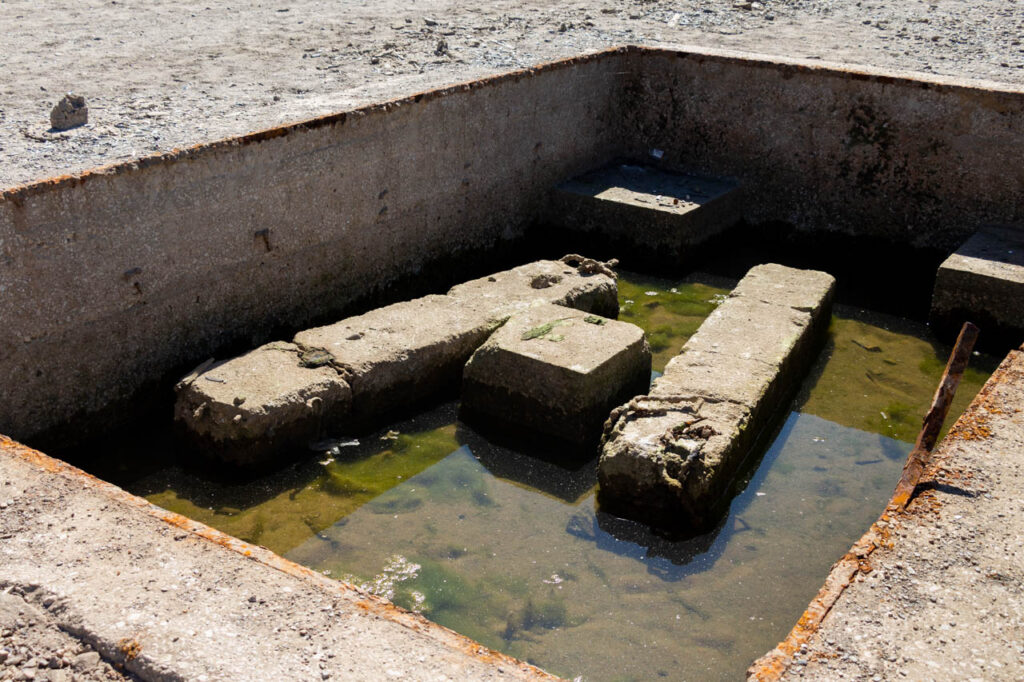
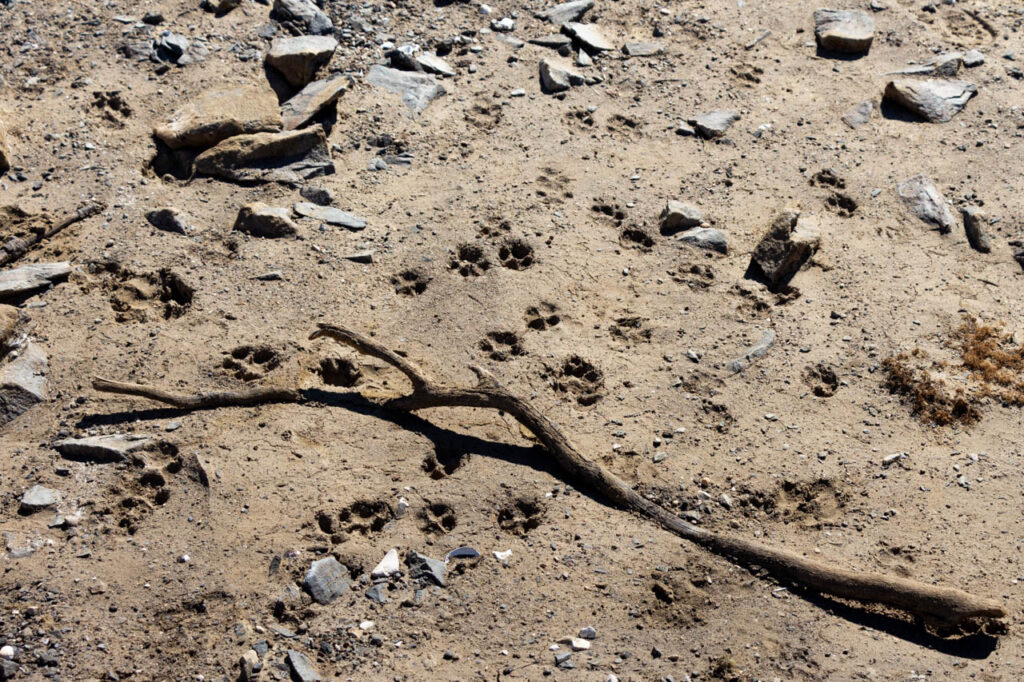
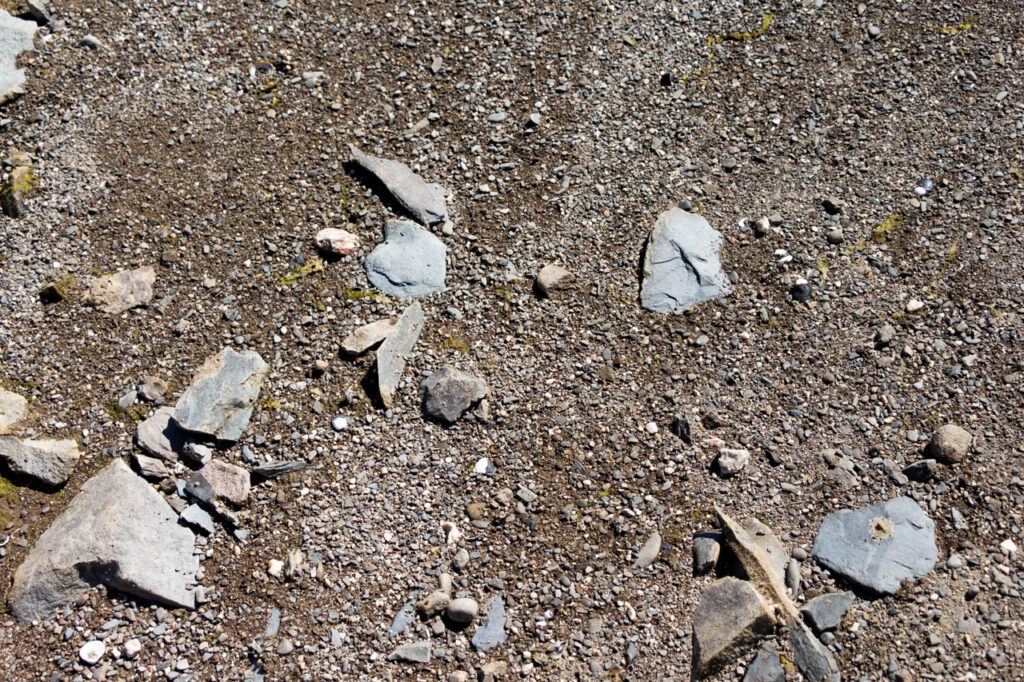
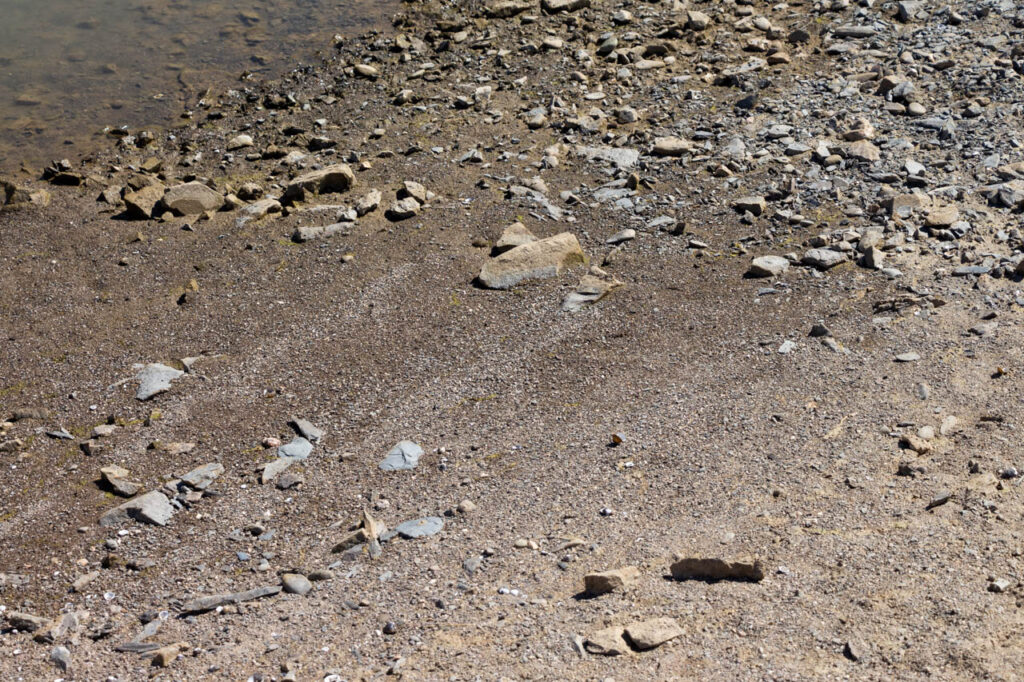
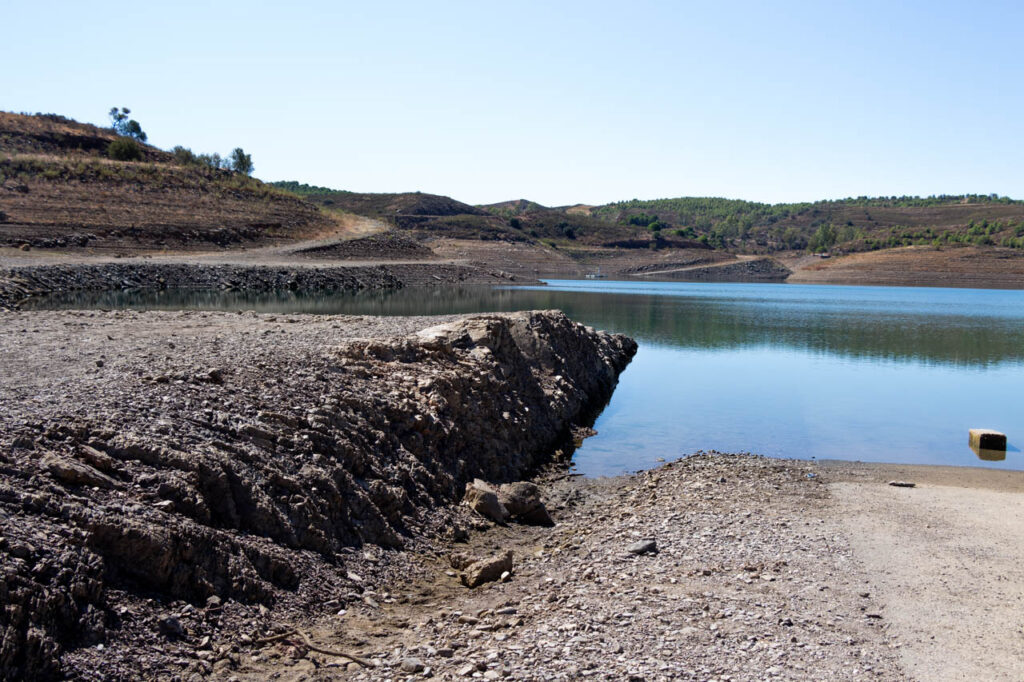
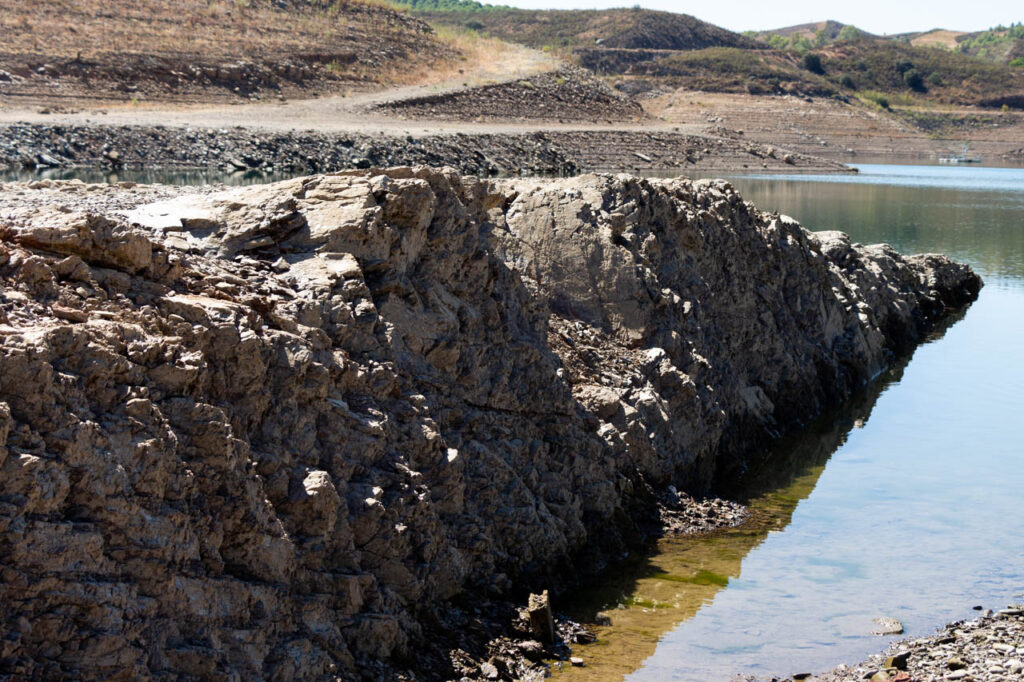
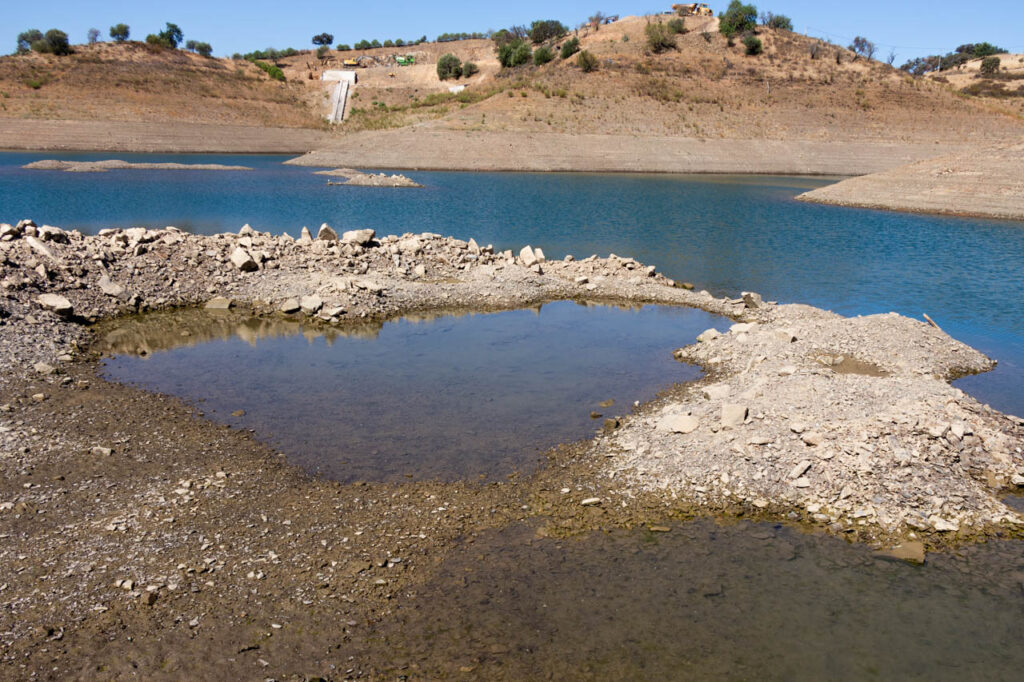
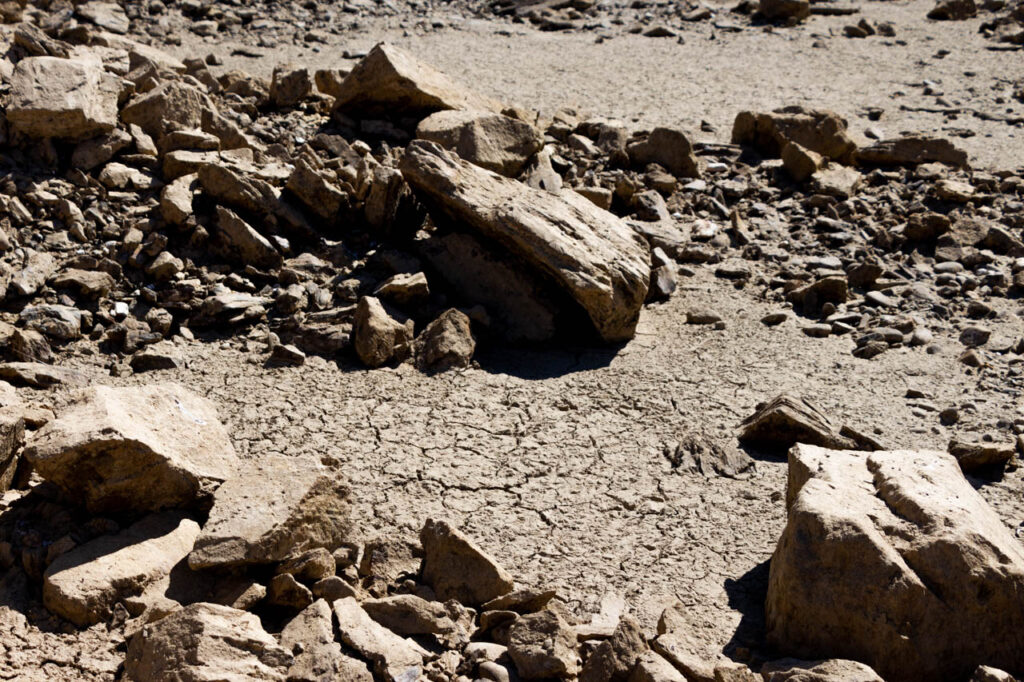
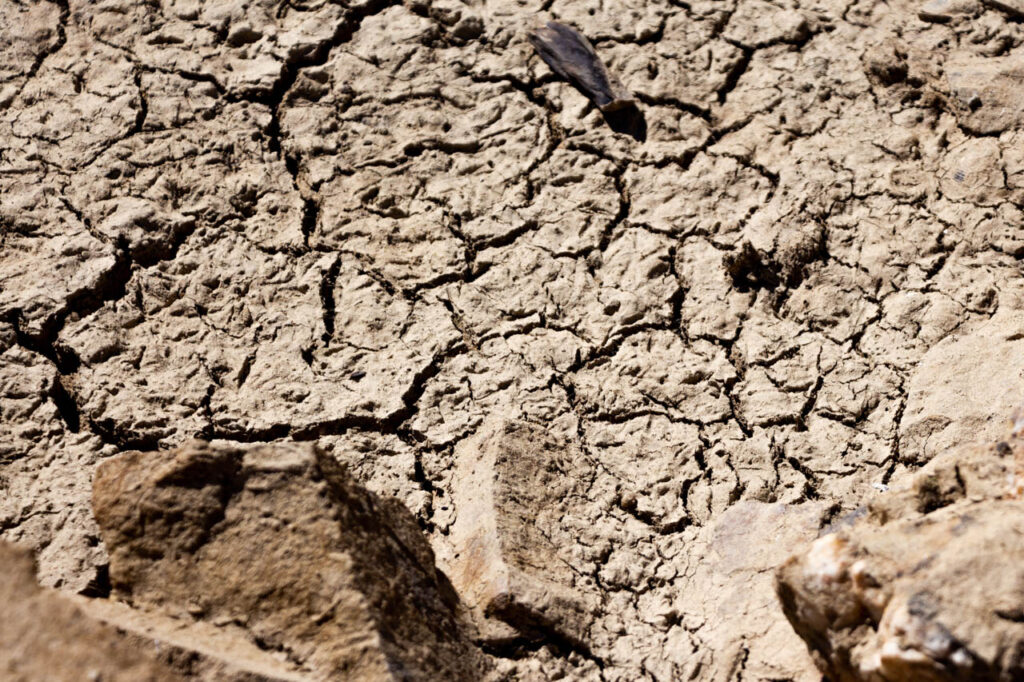
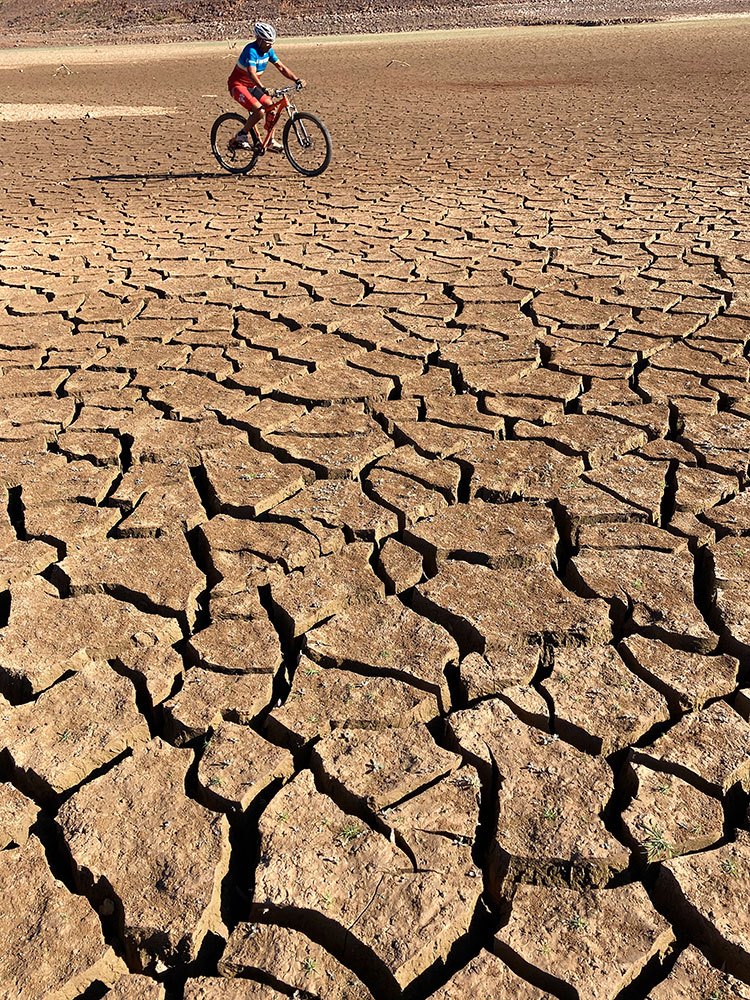
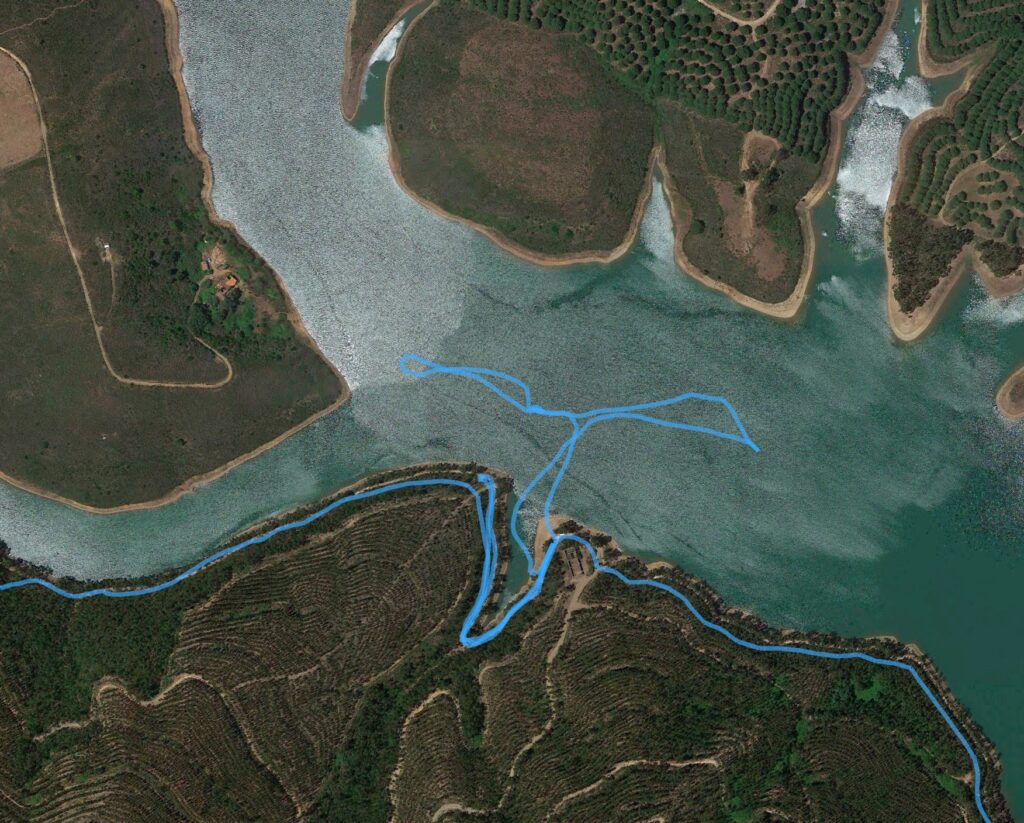
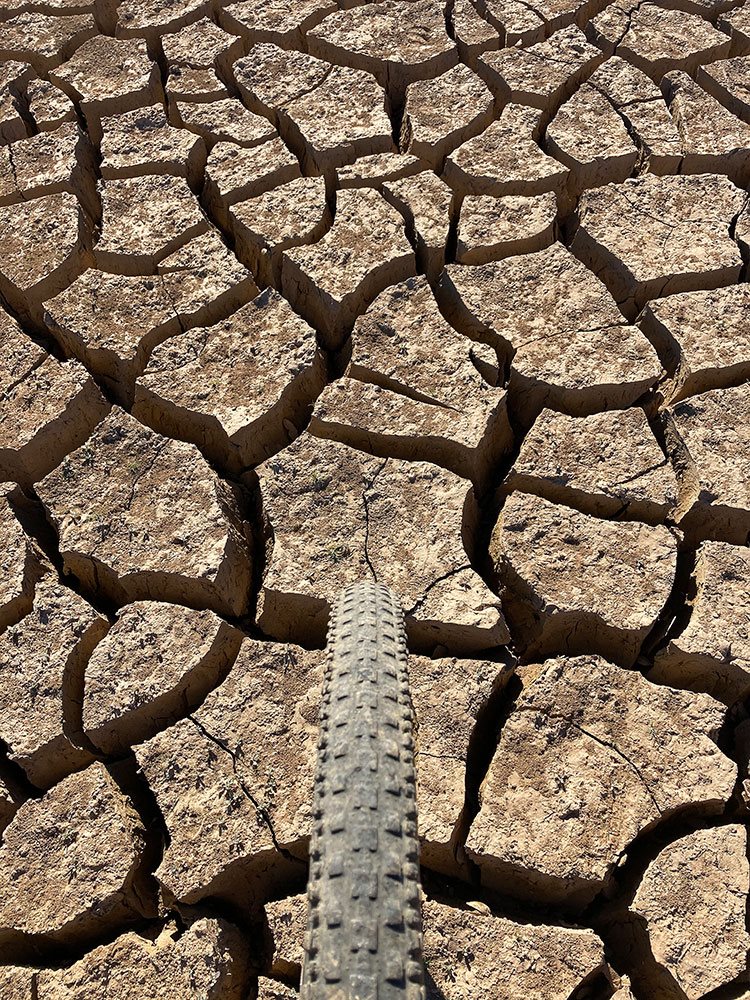
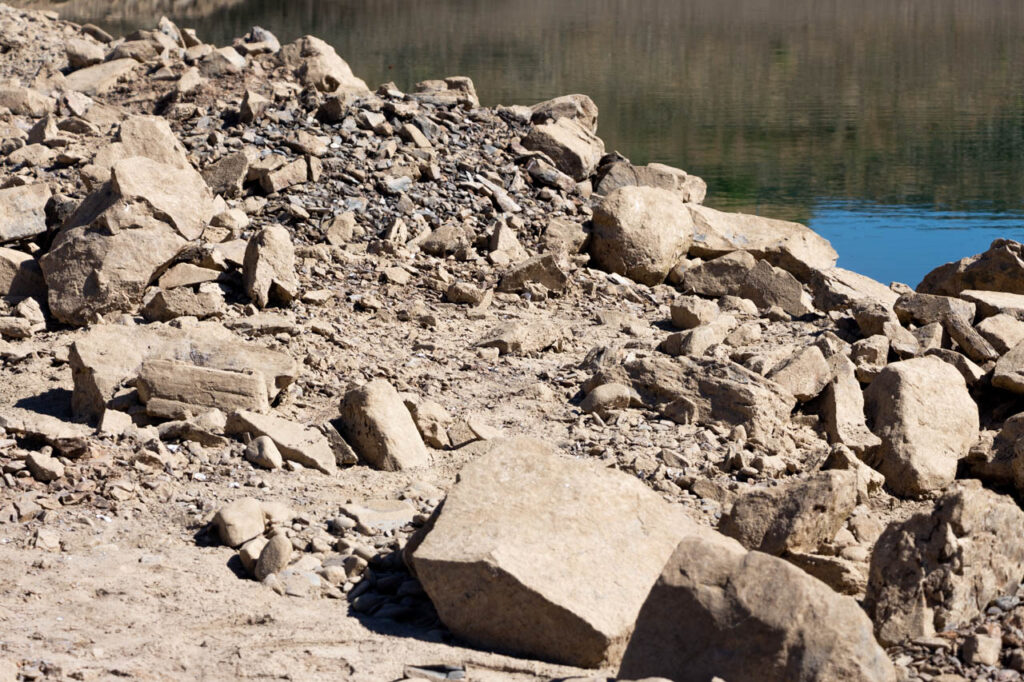
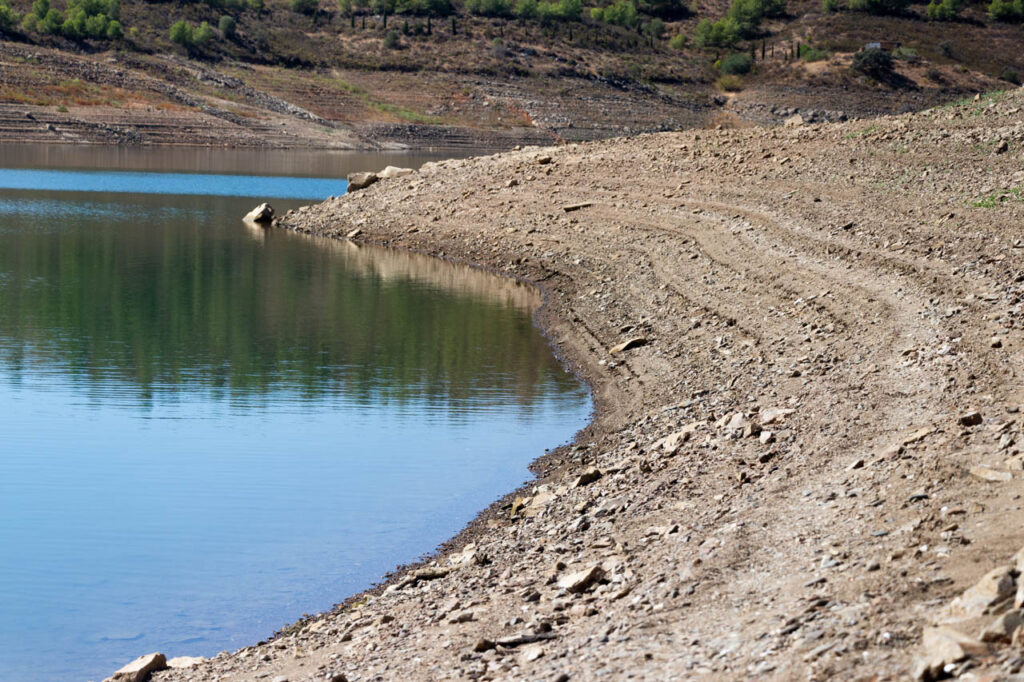
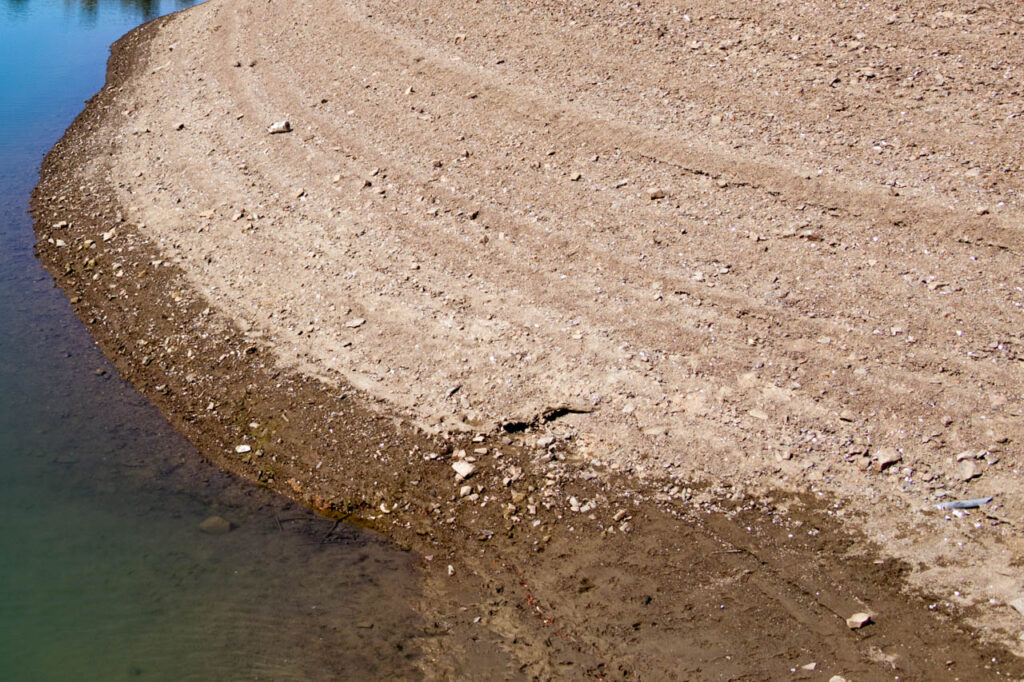
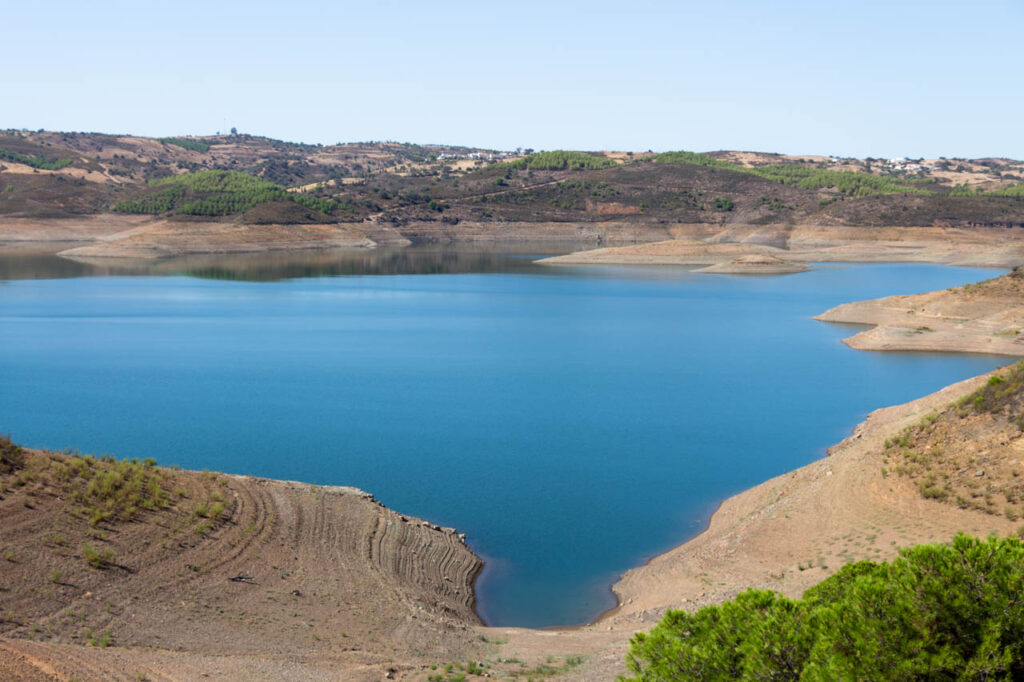
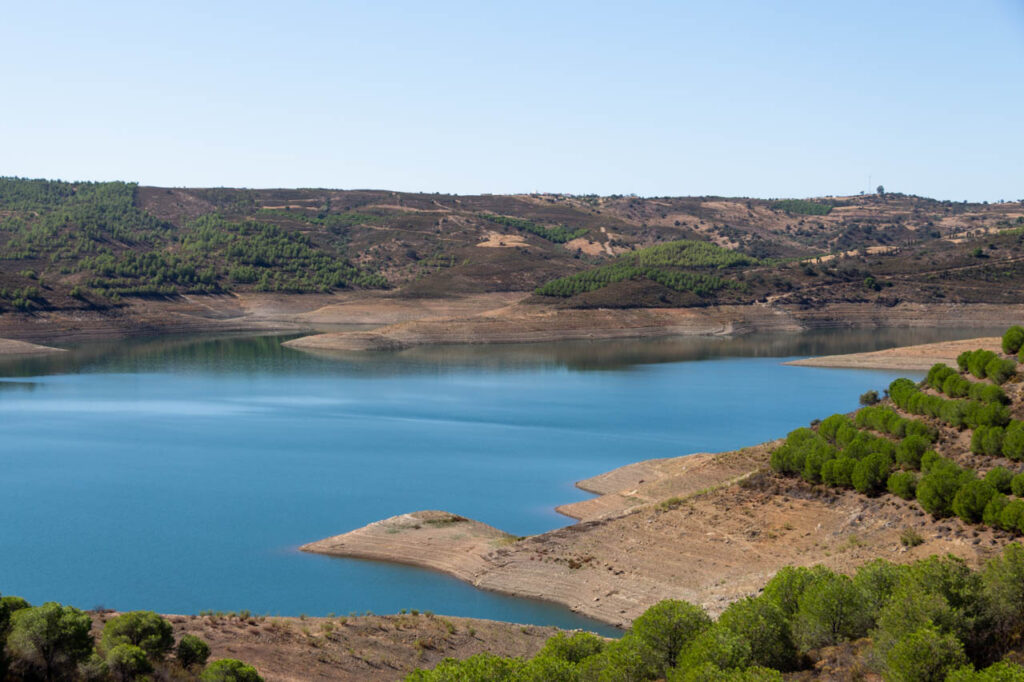
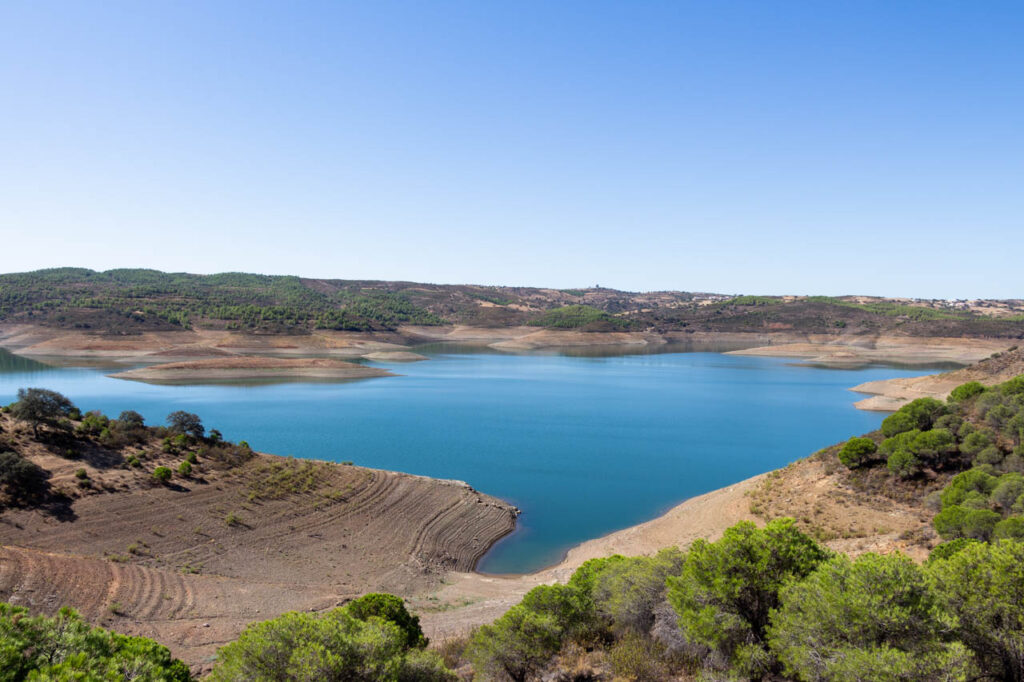
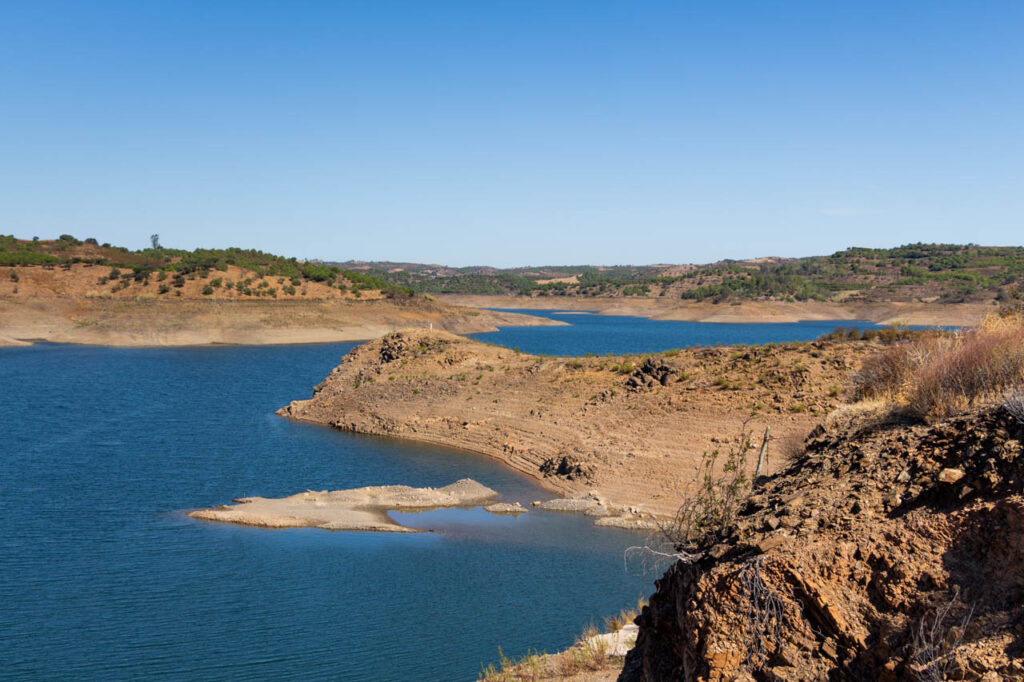
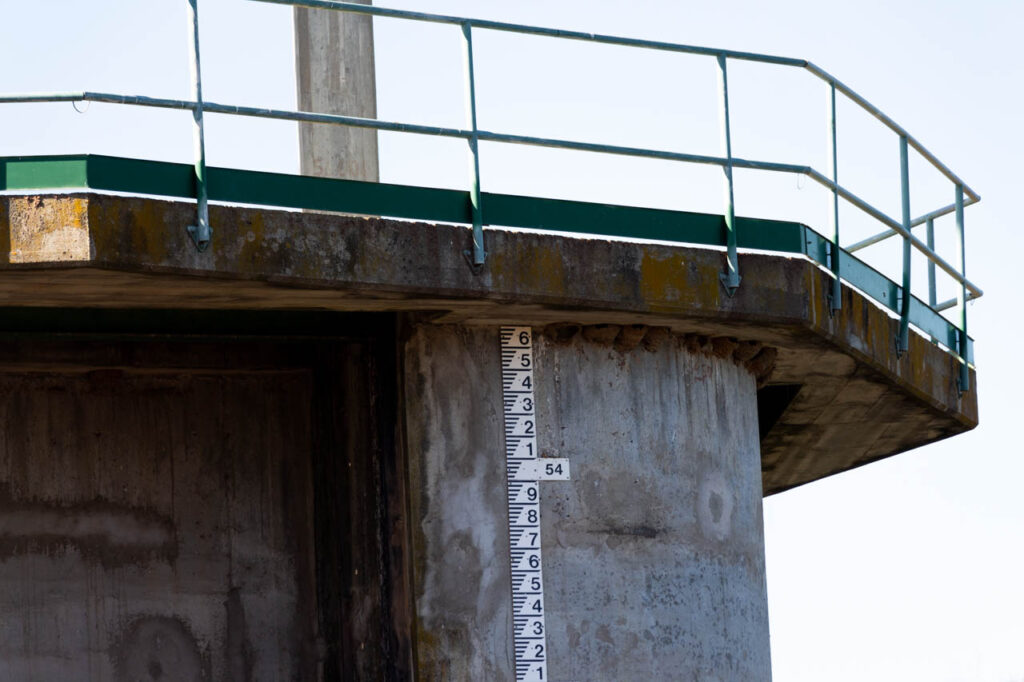

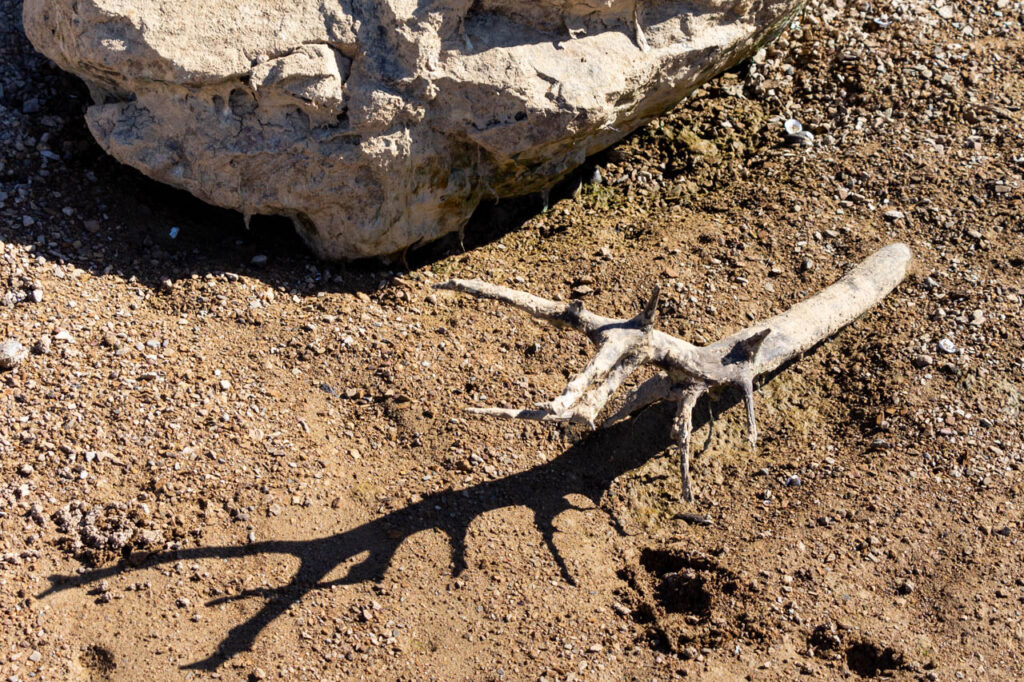
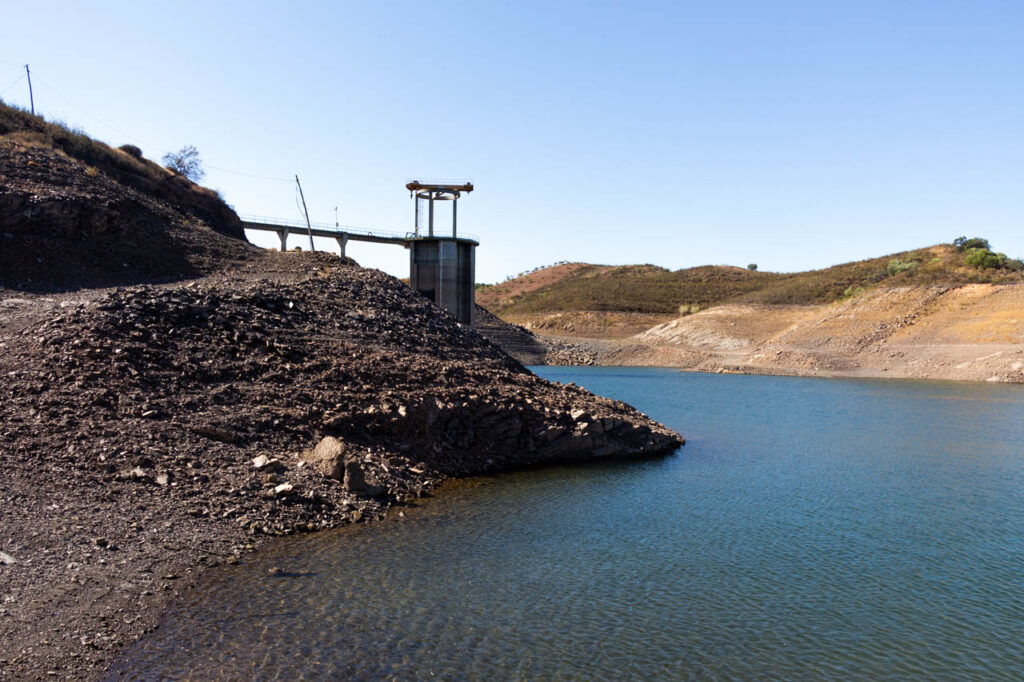
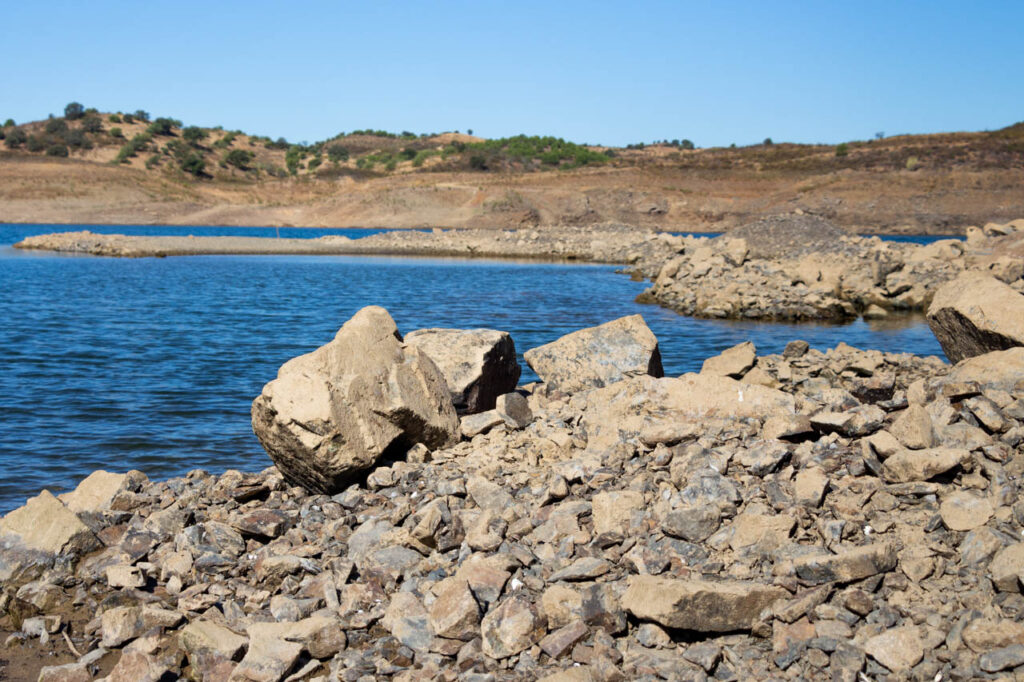
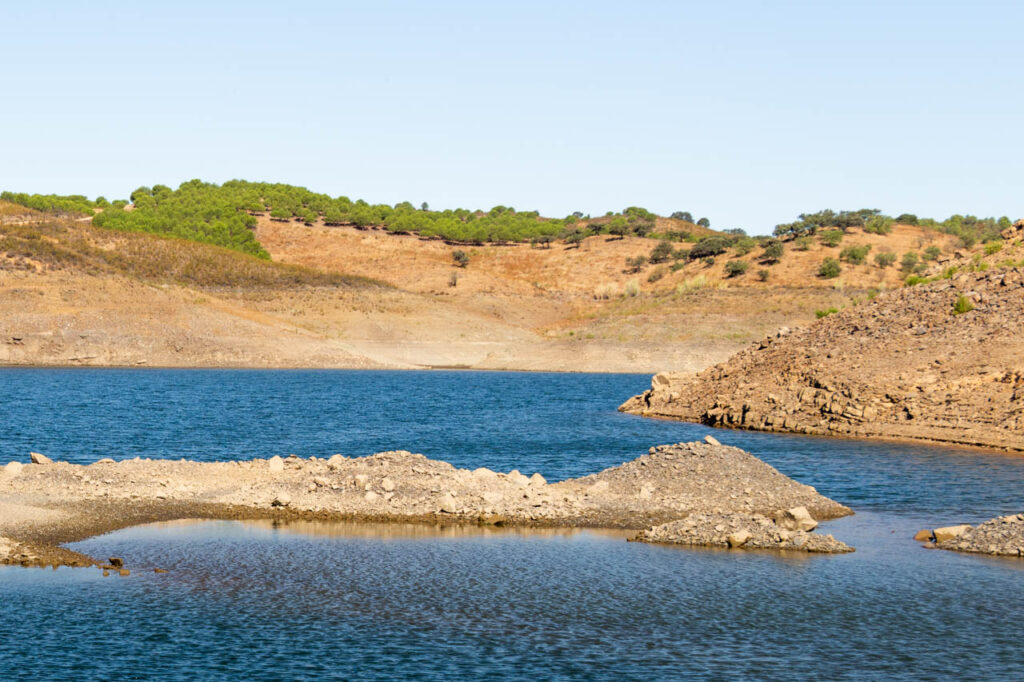
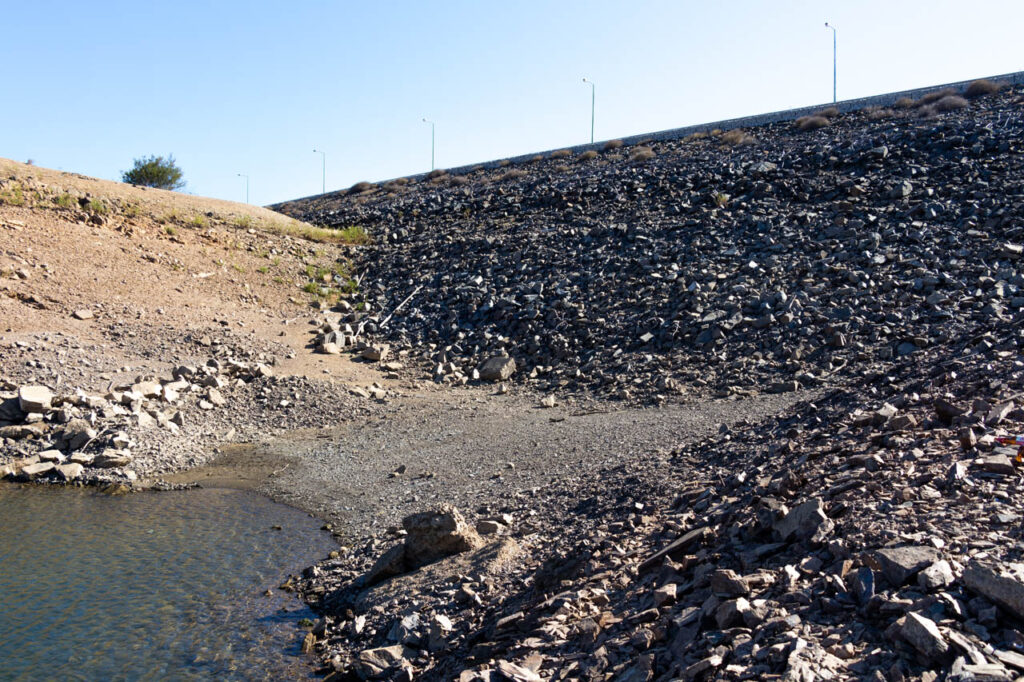
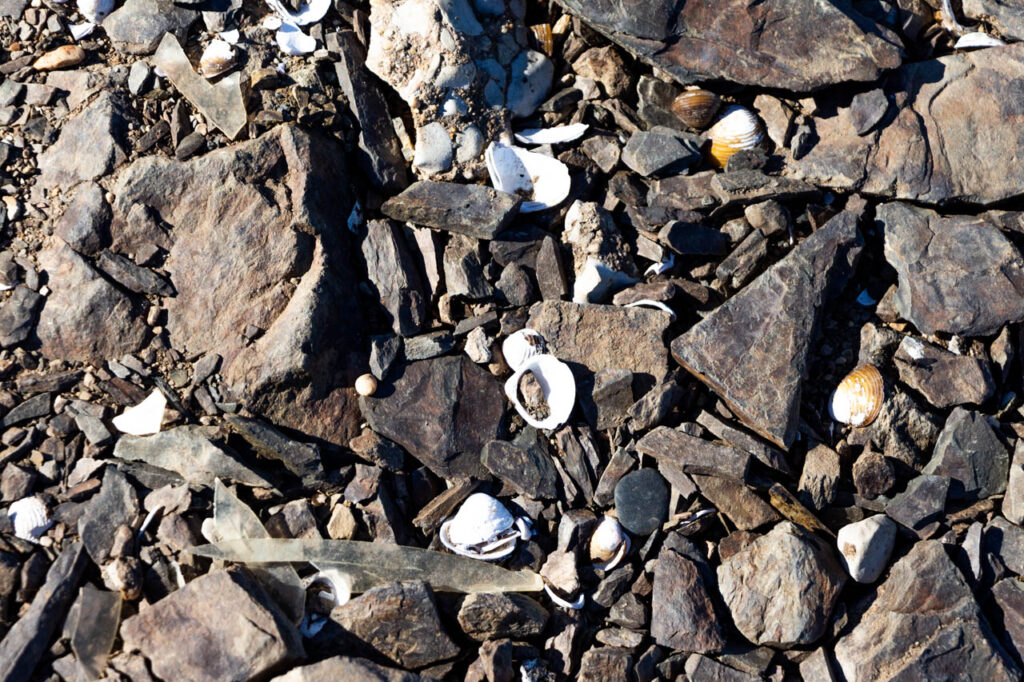
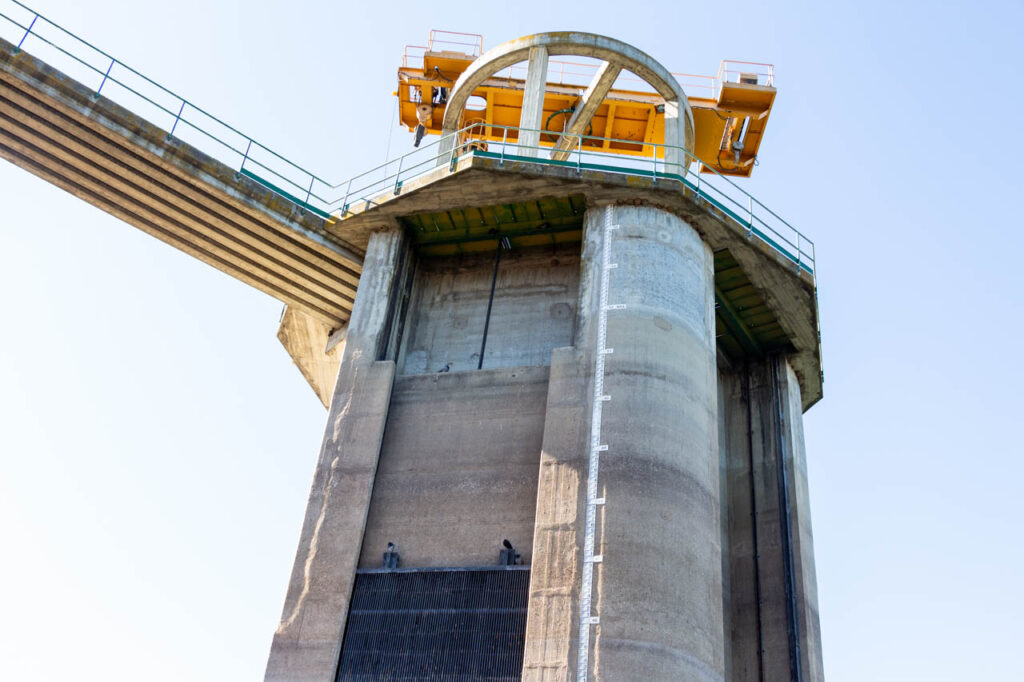
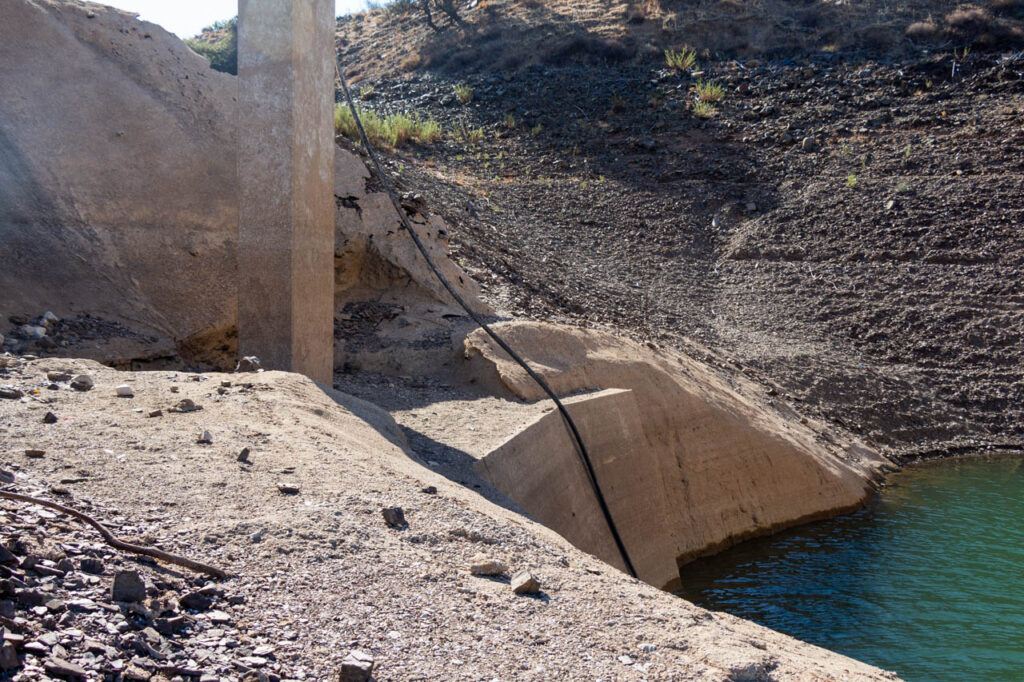
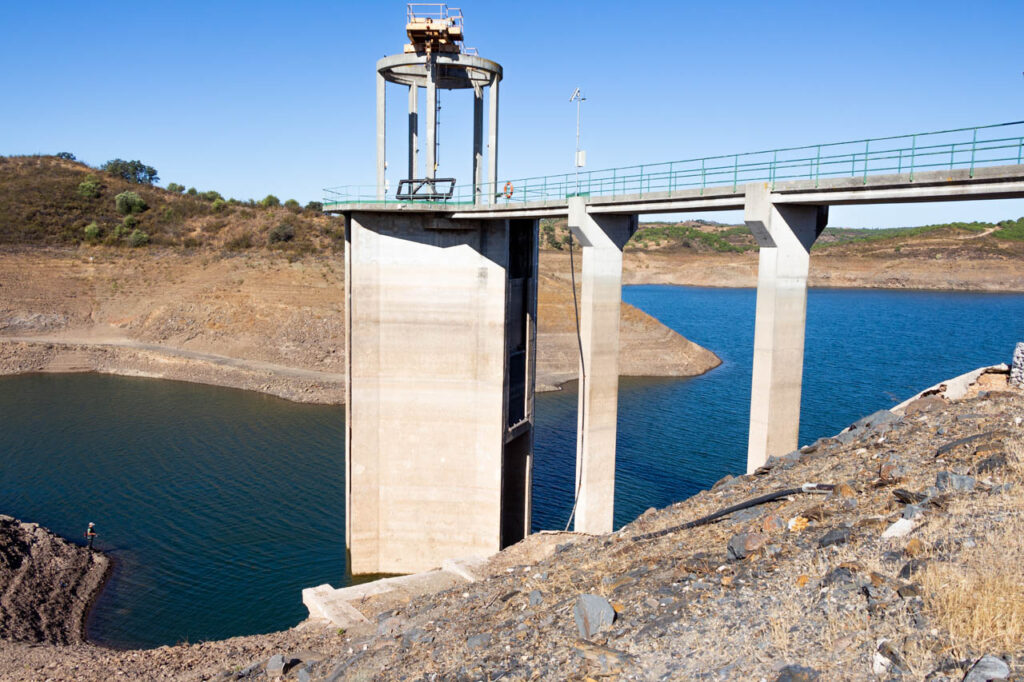


















Comments